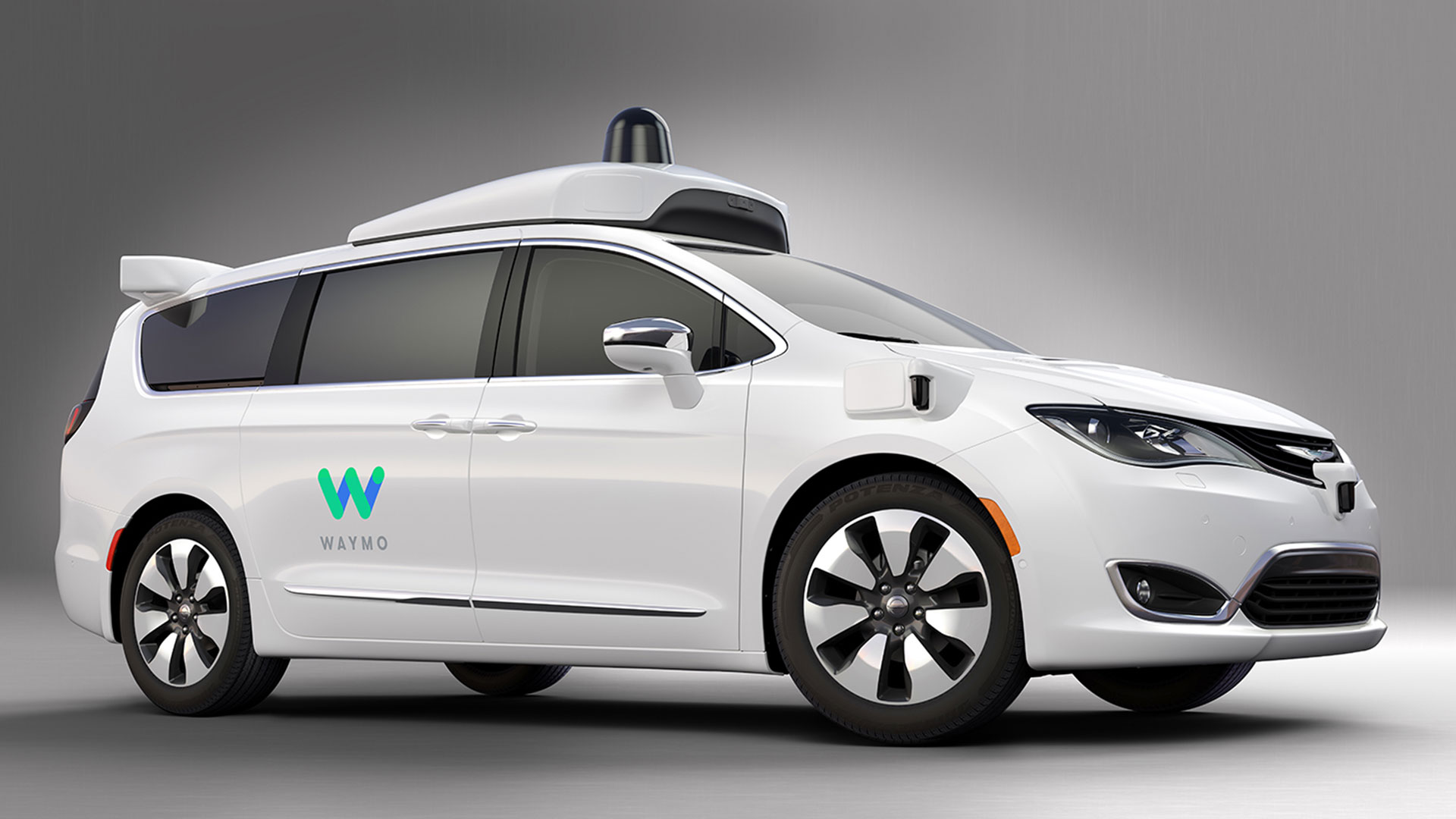

Just yesterday, Waymo CEO John Krafcik announced that his company has significantly dropped the prices of lidar, which is usually one of the priciest parts of an autonomous car, Business Insider reports.
According to Krafcik, “A few years ago, a single top-of-the-range lidar cost upwards of $75,000. Today, we’ve brought down that cost by more than 90 percent,” Krafcik said. Assuming that’s true, it’s s significant feat; a price reduction that extreme would be a huge move to democratize and further the push towards mass-market adoption of autonomous vehicles.
“As we look to scale, we will do even better, with the goal of making this technology accessible to millions of people,” Krafcik said.
Waymo originally outsourced its lidar production to Velodyne, a Silicon Valley-based tech company. But as of December 2015, the company has been producing lidar technology in-house—which, in turn, has reportedly helped the company cut down its production costs.
Waymo, Google’s self-driving car project-turned-spinoff company, originally wanted to build driverless cars without any driver control—steering, brake pedals, and accelerators—but was met with strict (but reasonable) regulations forbidding this input-less format. Instead, Waymo is now focused on becoming a business-to-business company, selling autonomous driving technology to other corporations.
Later this month, Alphabet will be testing its technology on public roads in Arizona and California in Chrysler Pacifica minivans, 100 of which were supplied to the company by FCA. The company envisions its technology being used on anything from trucks to public transportation systems, ride-hailing vehicles, and other mobility applications.
Lidar—a combination of the words “light” and “radar”—is a device that surveys the surroundings ahead of a vehicle. Traditionally mounted at the front of or high upon a vehicle to give it the best vantage point, lidars spin constantly, sending laser beams out to create a digital map of the landscape, allowing an autonomous car to see.